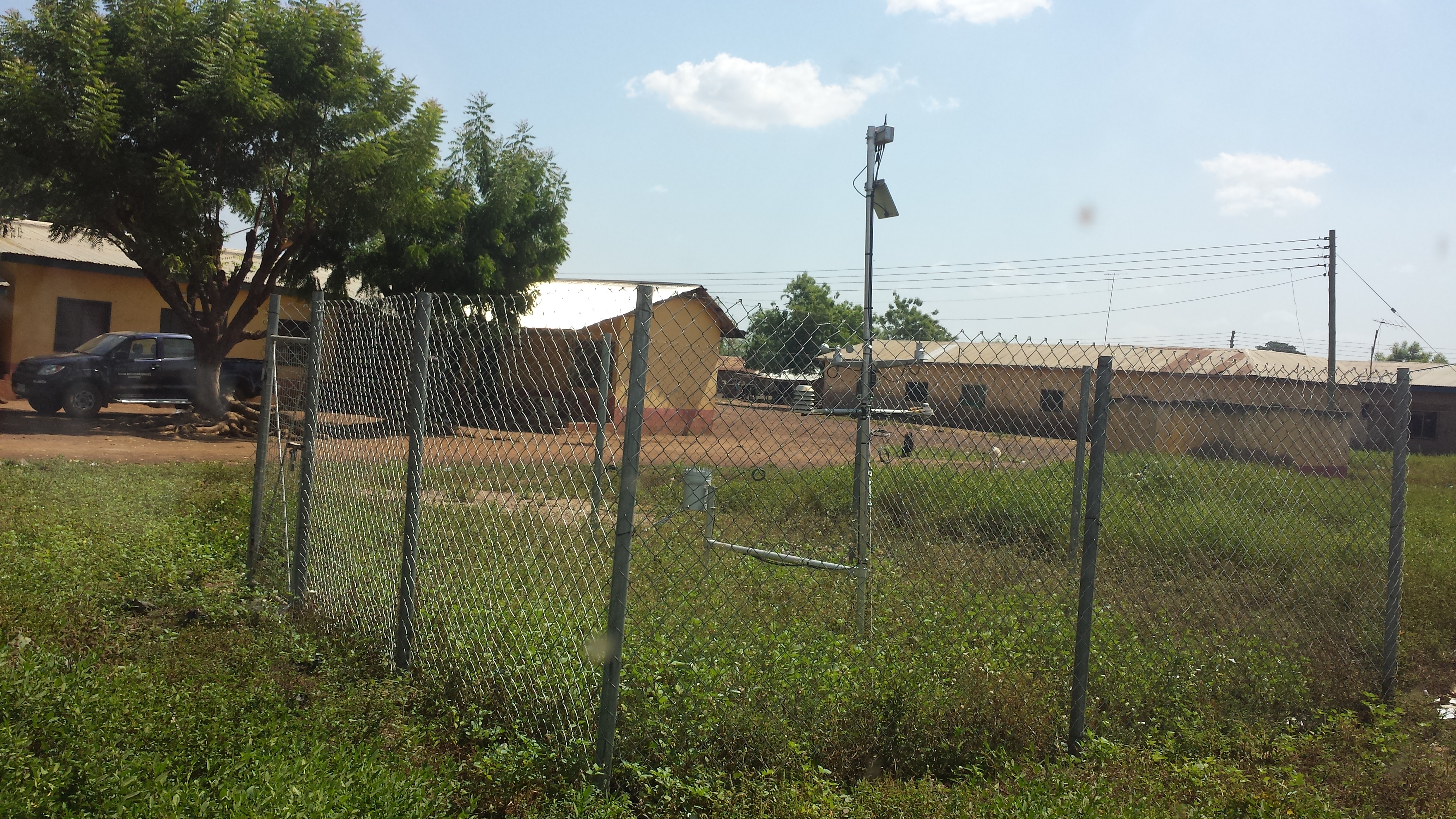Increasing agricultural efficiency is key to reducing poverty in developing agrarian economies such as those in Sub-Saharan Africa (SSA), where the agricultural sector plays a crucial role in economic development. A primary means of increasing agricultural efficiency is investing in modern agricultural technology — however, SSA has one of the lowest rates of technology adoption around the world. Among the causes of low adoption, two interrelated factors have been identified as critical: lack of collateral and riskiness of agricultural returns. On the demand side, farmers are often unable to obtain credit because they lack collateral or because they are reluctant to seek credit due to the risk of losing assets pledged as collateral in case of an adverse shock (e.g., drought and floods). This is particularly true for female farmers who lack access or ownership of agricultural resources, and find it more difficult to insure themselves against systemic weather-related shocks.
On the supply side, systemic weather events are becoming more common with climate change, increasing the variability of agricultural returns and farmers’ likelihood of default, which makes lenders hesitant to provide them with loans. In particular, banks are more reluctant to offer loans to male farmers as they are seen as riskier borrowers due to their higher default rates. Therefore, a properly designed index insurance that reduces the downside risks of defaults during negative weather events can potentially enhance credit access by encouraging the farmers to seek loans that they otherwise could not have risked taking and similarly encourage suppliers to increase loan provisions to otherwise risky farmers.

In light of the above issues, the objective of my job market paper (co-authored with Abdoul G. Sam and Mario J. Miranda) is twofold: to examine the comparative impacts of drought-index insured loans on the demand and supply sides of agricultural credit, and how these impacts differ for female and male farmers. With these objectives in mind, we utilized data from a randomized control trial in northern Ghana to analyze the impact of insured loans on credit access and technology adoption. The credit provided to the farmers was mostly in-kind such as bags of fertilizer, improved seeds, and modern ploughing methods. Hence an increase in credit simultaneously increases agricultural technology adoption.
We provide two types of insured loans: (i) micro-level, which refers to insured loans where farmer groups are the insurance policy holders, and (ii) meso-level, which refers to insured loans where banks are the policy holders. With micro-level loans, farmer groups receive a payout directly in the event of a drought, and subsequently decide whether to pay back the bank for their in-kind loan (fertilizer, seeds, etc.), even though very little money has been made that season, or whether to default on the in-kind loan and simply keep the insurance payout themselves. With meso-level loans, the banks providing the in-kind credit actually receive payouts directly in the event of a drought. In other words, there is no choice to default on loans (if the loans are 100% insured) under the meso-level arrangement, no matter how badly a farmer group might be faring.
When we examine panel data for the combined pool of female and male farmers, neither type of index insurance appears to have a significant impact on the probability of farmers applying for loans. (This treatment effect is estimated using difference-in-differences.) This makes sense; the panel data includes farmers who have been applying for bank loans for years, with pre-treatment application rates as high as 90 percent.
We also find that micro-level insured loans have no significant impact on the average probability of loan approval — but meso-level insured loans do increase bank propensity to approve loans, by 23 percentage points. Logically, banks are more confident about loan approval when they know that they will be the direct recipients of insurance payouts in the case of a drought.

Next, we turn to the role of gender. While micro-level insured loans fail to boost the probability of loan application for the pooled sample, they do significantly increase loan application probability for female farmers — by 14 percentage points. Again, this makes sense. Female farmers have less collateral, making them more risk averse, and warier of potential weather related defaults. Therefore, not surprisingly, once female farmers are protected by micro-level insurance, they are more confident about applying for loans.
Similarly, while meso-level insured loans do boost the probability of loan approval for the full sample of farmers, this impact is slightly greater for males than for females— a 25 percentage point increase for males and a 22 percentage point increase for females. This difference makes sense since males are initially seen as riskier borrowers and have lower loan approval rates than females initially. Therefore, the equalization of risk rates in the event of a drought-related default between genders might logically lead to a greater increase for loan approvals to males than to females.
Why does this matter?
Poor farmers are reluctant to seek formal credit for agricultural inputs such as hybrid seeds and fertilizers, due mainly to the fear of bad weather shocks, which might force them to default on their loans. Thus, it seems likely that insured loans might vastly improve both credit take-up and technology adoption, and consequently farmer productivity and welfare.
Indeed, we find that insured loans at the micro-level significantly increase loan application probabilities for female farmers and at the meso-level significantly increase loan approval probabilities for both female and male farmers. This is great news for several reasons. On the demand side, more farmers (e.g., females) are encouraged to enter the credit market due to reduced riskiness of agricultural returns from drought. On the supply side, the insured applicants carry lower systemic risk for the banks, encouraging them to approve loans. These phenomena imply a greater access to credit and increased technology adoption for both female and male farmers. The increased efficiency of agricultural productivity–induced by technology adoption–may mitigate the increasing food insecurity in SSA and elsewhere and decrease rural poverty.

